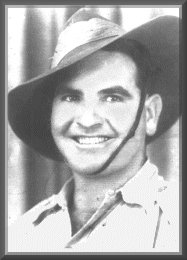My direct line from
(Cpt) Emmanuel Hungerford b. 1785 d. 08-08-1872
�������
�������
�������|
Thomas Edward Hungerford b. 06-09-1823 d. 04-05-1904
�������
�������
�������|
Beecher Sealy Hungerford b. 09-11-1876 d. 29-05-1961
�������
�������
�������|
Lyle Hungerford b. 06-09-1913 d. 04-01-1977
�������
�������
�������|
Kathleen Hungerford b. 03-11-1952
|

Lyle Hungerford (1913-1977)
|